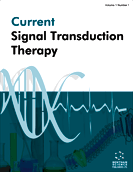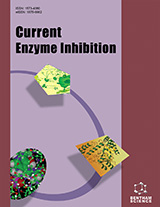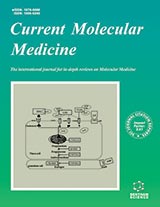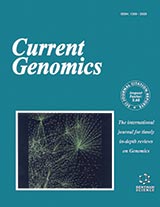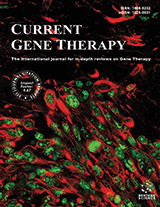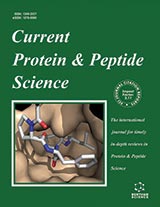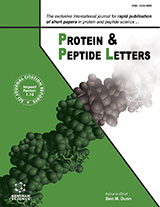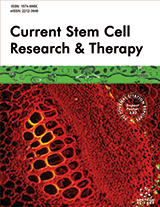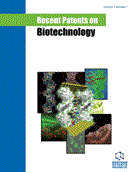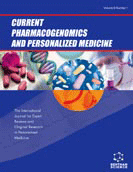Abstract
Objective: In everyday life, more and more people suffer from various diseases. To prefer the best medicine for them, an exact diagnosis is to be done. For example, the Epilepsy patients encounter many challenges because they must take precautionary measures to protect themselves from injury during a sudden occurrence of seizures.
Materials and Methods: The investigations of epilepsy can be made analysing Electroencephalogram (EEG) motions to break down the conduct of the cerebrum amid seizures. To find the exact seizure frame in EEG signal is difficult and the overall analysis results is tedious in terms of human error.
Results: Hence, there is a need for automatic detection, exact prediction, and classification of EEG waves. Similarly, another potential utilization of EEG signal investigation is in the prediction of epileptic seizures before they occur. This step relieves the patients of anxiety and empowers their guardians.
Conclusion: In this study, we first concentrated on seizure discovery and classification issue. Secondly, some bits of knowledge on the complications involved in seizure-management are mentioned. Finally, some suggestions are listed with seizure classifications.
Keywords: Electroencephalogram, pre-processing, feature extraction, classification, detection, epileptic seizures.
Current Signal Transduction Therapy
Title:An Overview of EEG Seizure Detection Units and Identifying their Complexity- A Review
Volume: 15 Issue: 3
Author(s): T. Rajendran*K.P. Sridhar
Affiliation:
- Department of Electronics & Communication Engineering, Faculty of Engineering, Karpagam Academy of Higher Education (Deemed to be University), Coimbatore, Tamil Nadu,India
Keywords: Electroencephalogram, pre-processing, feature extraction, classification, detection, epileptic seizures.
Abstract:
Objective: In everyday life, more and more people suffer from various diseases. To prefer the best medicine for them, an exact diagnosis is to be done. For example, the Epilepsy patients encounter many challenges because they must take precautionary measures to protect themselves from injury during a sudden occurrence of seizures.
Materials and Methods: The investigations of epilepsy can be made analysing Electroencephalogram (EEG) motions to break down the conduct of the cerebrum amid seizures. To find the exact seizure frame in EEG signal is difficult and the overall analysis results is tedious in terms of human error.
Results: Hence, there is a need for automatic detection, exact prediction, and classification of EEG waves. Similarly, another potential utilization of EEG signal investigation is in the prediction of epileptic seizures before they occur. This step relieves the patients of anxiety and empowers their guardians.
Conclusion: In this study, we first concentrated on seizure discovery and classification issue. Secondly, some bits of knowledge on the complications involved in seizure-management are mentioned. Finally, some suggestions are listed with seizure classifications.
Export Options
About this article
Cite this article as:
Rajendran T. *, Sridhar K.P. , An Overview of EEG Seizure Detection Units and Identifying their Complexity- A Review, Current Signal Transduction Therapy 2020; 15 (3) . https://dx.doi.org/10.2174/1574362413666181030103616
| DOI https://dx.doi.org/10.2174/1574362413666181030103616 |
Print ISSN 1574-3624 |
| Publisher Name Bentham Science Publisher |
Online ISSN 2212-389X |
 24
24
- Author Guidelines
- Graphical Abstracts
- Fabricating and Stating False Information
- Research Misconduct
- Post Publication Discussions and Corrections
- Publishing Ethics and Rectitude
- Increase Visibility of Your Article
- Archiving Policies
- Peer Review Workflow
- Order Your Article Before Print
- Promote Your Article
- Manuscript Transfer Facility
- Editorial Policies
- Allegations from Whistleblowers
- Announcements
Related Articles
-
Genetics of Serotonin Receptors and Depression: State of the Art
Current Drug Targets Automated Planar Electrode Electrophysiology in Drug Discovery: Examples of the Use of QPatch in Basic Characterization and High Content Screening on Nav, KCa2.3, and Kv11.1 Channels
Combinatorial Chemistry & High Throughput Screening Kinetic Models for Measuring P-glycoprotein Function at the Blood-Brain Barrier with Positron Emission Tomography
Current Pharmaceutical Design Design, Synthesis and Protection Against Pentylenetetrazole-induced Seizure of N-aryl Derivatives of the Phthalimide Pharmacophore
Medicinal Chemistry Neuropeptide Y as an Endogenous Antiepileptic, Neuroprotective and Pro-Neurogenic Peptide
Recent Patents on CNS Drug Discovery (Discontinued) Neurobiological Mechanisms of Stress Resilience and Implications for the Aged Population
Current Neuropharmacology Cell-based Treatment of Cerebral Palsy: Still a Long Way Ahead
Current Stem Cell Research & Therapy Venoms and Poisonings during the Centuries: A Narrative Review
Endocrine, Metabolic & Immune Disorders - Drug Targets Capillary Electrophoresis Interfaced with a Mass Spectrometer (CE-MS): Technical Considerations and Applicability for Biomarker Studies in Animals
Current Protein & Peptide Science Osteopontin as a Potential Therapeutic Target for Ischemic Stroke
Current Drug Delivery Functional Neuroimaging in Memory and Memory Disturbances
Current Medical Imaging An Overview of Notch Signaling in Adult Tissue Renewal and Maintenance
Current Alzheimer Research Controlling the Flow of Energy: Inhibition and Stimulation of the Creatine Transporter
Current Enzyme Inhibition Subject Index
Adolescent Psychiatry Triggers of Cell Death in the Developing Brain
Current Pediatric Reviews High Throughput Screening for Bioactive Components from Traditional Chinese Medicine
Combinatorial Chemistry & High Throughput Screening Adenosine Receptors: What We Know and What We are Learning
Current Topics in Medicinal Chemistry Molecular Cytogenetics of Autism
Current Genomics Herbal and Holistic Solutions for Neurodegenerative and Depressive Disorders: Leads from Ayurveda
Current Pharmaceutical Design The Blood-brain Barrier and the Outer Blood-retina Barrier
Medicinal Chemistry Reviews - Online (Discontinued)


